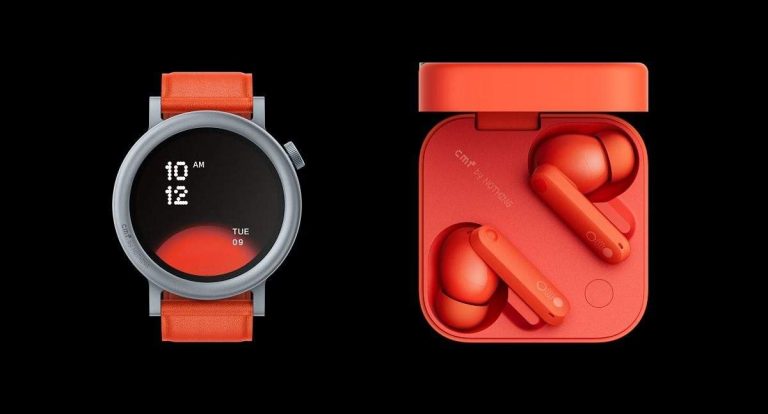YouTube now requires creators to disclose AI-generated ‘realistic’ content

YouTube said on March 18 that creators will now have to disclose to viewers when realistic-looking content is made using artificial intelligence (AI) tools, as part of the company’s efforts to provide more transparency around AI-created content that could mislead viewers.
Starting today, YouTube is introducing a new tool in its Creator Studio that will require creators to disclose to viewers when content that a viewer can easily mistake for a real person, place, or event, was created with altered or synthetic media, including generative AI.
YouTube had first
announced this move in November 2023
, even as the Google-owned video platform rolls out its own AI products for creators on the platform.
The move also comes ahead of a busy election season in India and several other countries this year. In January, YouTube CEO Neal Mohan
had told Moneycontrol
that the platform will be “incredibly vigilant” in combating misinformation and deepfakes.
Creators will have to disclose meaningfully altered or synthetically generated content that seems realistic while uploading videos (Image source: YouTube)
Some examples of content that will require disclosures from creators are videos that use the likeness of a realistic person, wherein creators have digitally altered the content to replace the face of one individual with another or synthetically generated a person’s voice to narrate a video.
Videos that alter footage of real events or places, such as making it seem as though a real building has caught fire, or that alter a real cityscape to make it appear different than in reality will also require similar disclosures from creators. It will also apply to videos that show realistic depictions of fictional major events, such as a tornado moving toward a real town.
On the other hand, YouTube said that creators will not have to disclose content that is “clearly unrealistic” or animated, such as someone riding a unicorn through a fantastical world.
It also said that videos that include special effects such as background blur, vintage effects, color adjustment, beauty or lighting filters, and other visual enhancements will not need disclosures.





